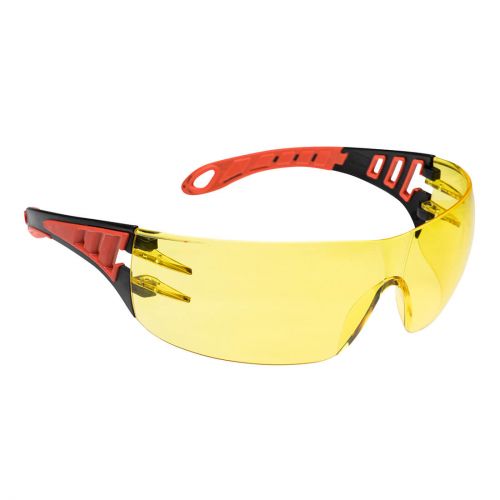- Joined
- Oct 18, 2017
- Messages
- 1,735
- Location
- Aberdeen
- Car
- Jaguar XE R Dynamic Black Series, A180 AMG LINE and an FD RX7
These are on a left hand drive carI think the average age of the Mercedes owner might affect the percentage of people affected by the allegedly too bright lights. All these lights have to pass certain strict standards before they are cleared for production. I'm still sure that illegally modified lights or out of alignment ones are the cause of most dazzling....not just new style factory LED or HID lights....most of which have afar sharper cut off line with much less light bleeding over it than old style halogens.
Halogen.
View attachment 154505
LED in correct housing.
View attachment 154506

